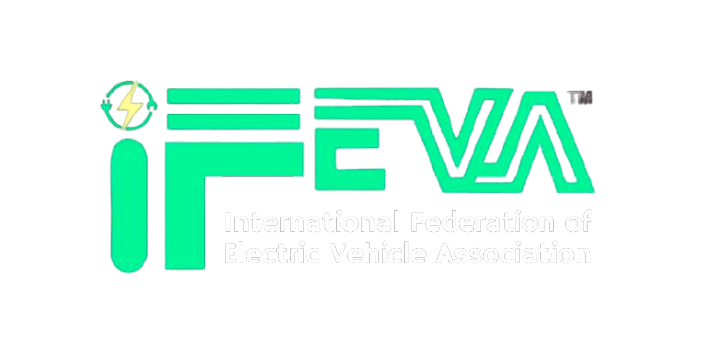Here are some common legal terms and conditions you may find on websites:
Acceptance of Terms: This clause states that by accessing or using the website, users agree to be bound by the terms and conditions presented.
Intellectual Property: This section outlines the ownership and usage rights of the website’s content, such as text, images, logos, and trademarks. It usually includes restrictions on copying, modifying, or distributing the content without explicit permission.
User Conduct: This clause sets forth the rules and guidelines for user behavior on the website. It may include prohibitions on abusive language, spamming, posting illegal content, or engaging in any activities that violate the rights of others.
Privacy Policy: Websites often have a separate document outlining their privacy practices. This policy describes how user information is collected, stored, and used, including the use of cookies and third-party analytics tools.
Disclaimer of Liability: This section limits the website owner’s liability for any damages or losses incurred by users while using the website. It clarifies that the website is provided “as is” and that the owner is not responsible for any errors, viruses, or inaccuracies in the content.
Links to Third-Party Websites: If the website contains links to external websites, this clause may specify that the website owner is not responsible for the content or actions of those third-party sites. It is recommended to review the terms and conditions and privacy policies of any linked websites.
Termination: This section outlines the circumstances under which the website owner may terminate or suspend a user’s access to the website, such as for violations of the terms and conditions.
Jurisdiction and Governing Law: This clause specifies the jurisdiction and laws that govern the interpretation and enforcement of the terms and conditions. It may also include a dispute resolution process, such as arbitration or mediation.
Age Restrictions: If the website is intended for users of a certain age, there may be a clause specifying that users must be of a minimum age to access and use the website.
Modifications to the Terms: This clause states that the website owner reserves the right to modify or update the terms and conditions at any time. It may also outline how users will be notified of such changes.
Compliance with Laws: This section clarifies that users are responsible for complying with applicable laws while using the website, and that any illegal activities are strictly prohibited.
Indemnification: This clause states that users agree to indemnify and hold the website owner harmless from any claims, damages, or liabilities arising from their use of the website or any violation of the terms and conditions.
Limitations on Use: This section may include limitations on the purposes for which the website can be used, such as prohibiting commercial use, unauthorized access or use of the website’s systems, or any activity that could interfere with the proper functioning of the website.
Severability: This clause states that if any provision of the terms and conditions is found to be invalid or unenforceable, the remaining provisions will still be in effect.
Entire Agreement: This section clarifies that the terms and conditions constitute the entire agreement between the website owner and the user, superseding any prior agreements or understandings.
Remember, the specific terms and conditions for a website can vary depending on the nature of the website, applicable laws, and the preferences of the website owner. It’s important to consult with a legal professional to ensure that your website’s terms and conditions comply with relevant laws and protect your rights and interests.


